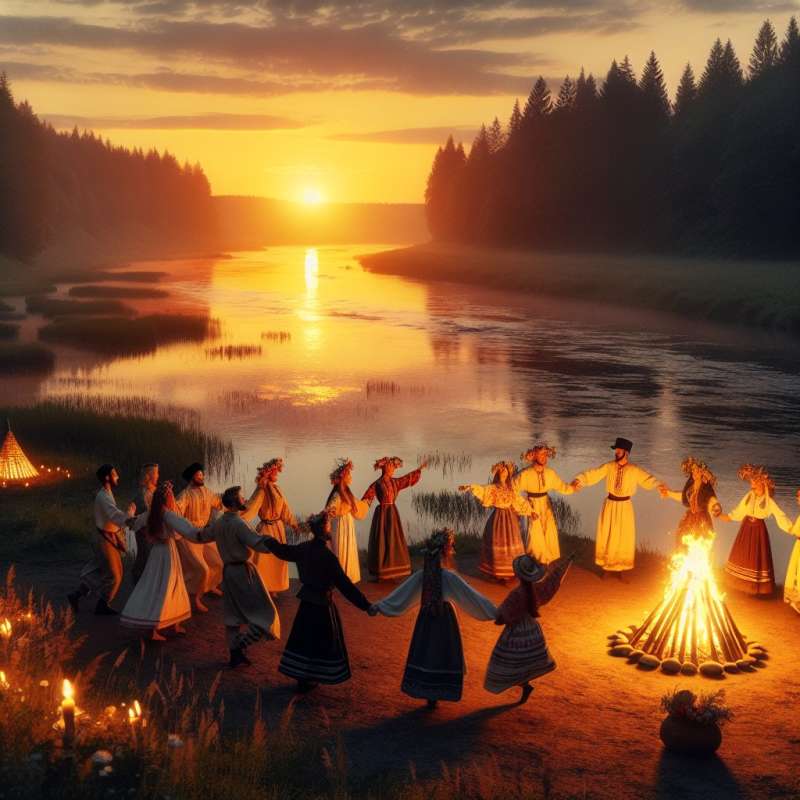
Introduction to Slavic Mythology
Slavic mythology is rich and diverse, with roots in pre-Christian traditions. It encompasses a pantheon of gods, spirits, and creatures unique to Slavic culture spread across Eastern Europe.
Perun: Thunder and Justice
Perun is the chief god, akin to Norse Thor. He wields thunderbolts and an axe, symbolizing war and storms. His sacred animals include the eagle and the horse, embodying supreme power and celestial force.
Veles: God of the Underworld
Veles, the god of cattle, commerce, and the underworld, opposes Perun. Their eternal battle reflects the seasonal cycles of nature and the cosmic conflict between high heaven and the earthly realm.
Mokosh: Fertility and Harvest
Mokosh is the mother goddess of fertility and protector of women's destiny. She nourishes the earth, ensuring bountiful harvests. Uniquely, she survived Christianization as Saint Paraskeva.
Svarog: Celestial Blacksmith
Svarog, the sky father, forges the sun each night. He's a divine smith responsible for creating the physical world. His dual role connects him to both celestial and terrestrial realms.
Slavic Creation Myths
Slavic lore describes the world's origin as an egg, from which the universe hatched. Rod, the creator deity, fashioned the first humans from clay, setting the stage for the pantheon's divine dramas.
Rituals and Seasonal Festivities
Ancient Slavs held vibrant festivals to honor their gods, marking seasonal changes. Kupala Night celebrated the summer solstice with bonfires and rituals for health and fertility, integrating myth into daily life.
Who is the Slavic chief god?
Veles, cattle and commerce
Perun, akin to Thor
Svarog, sky father
Company